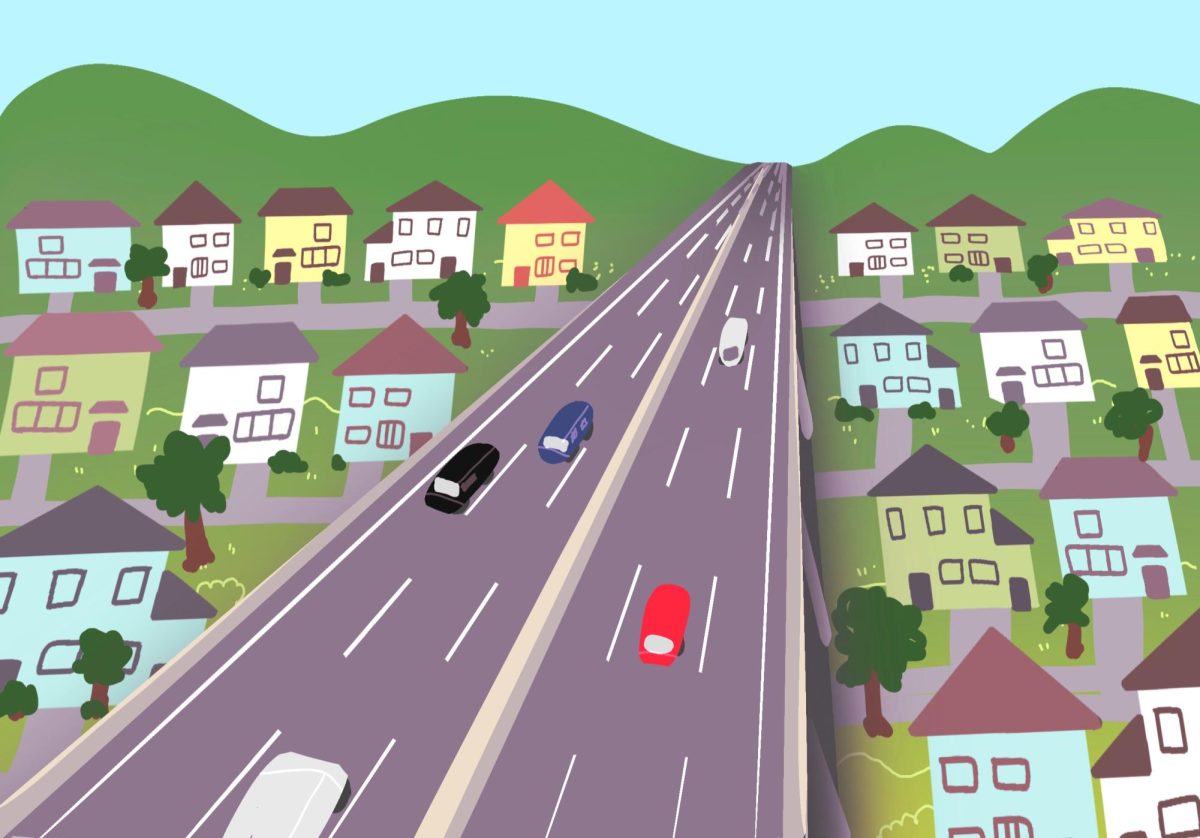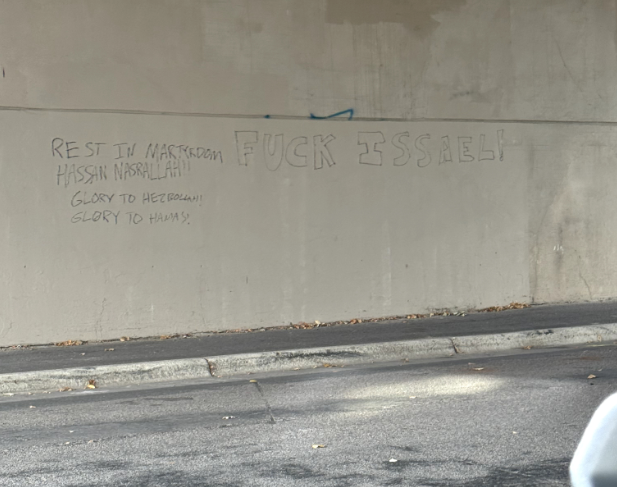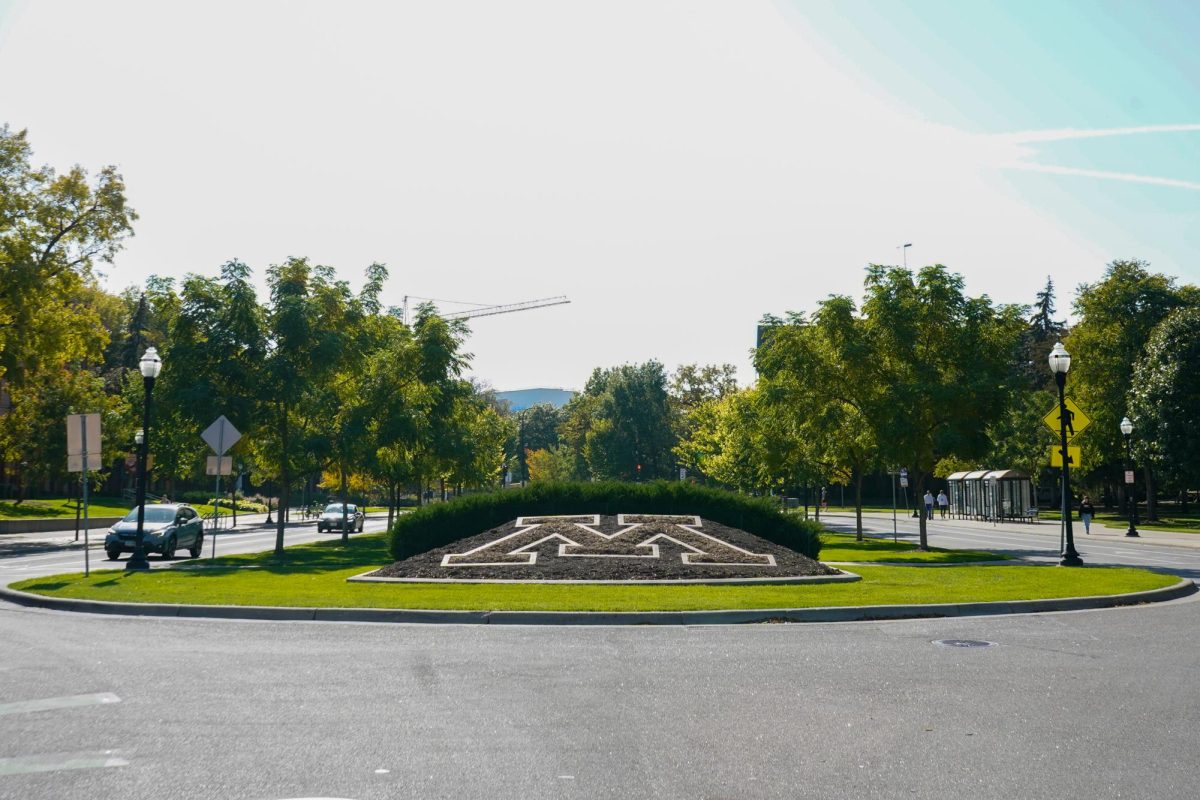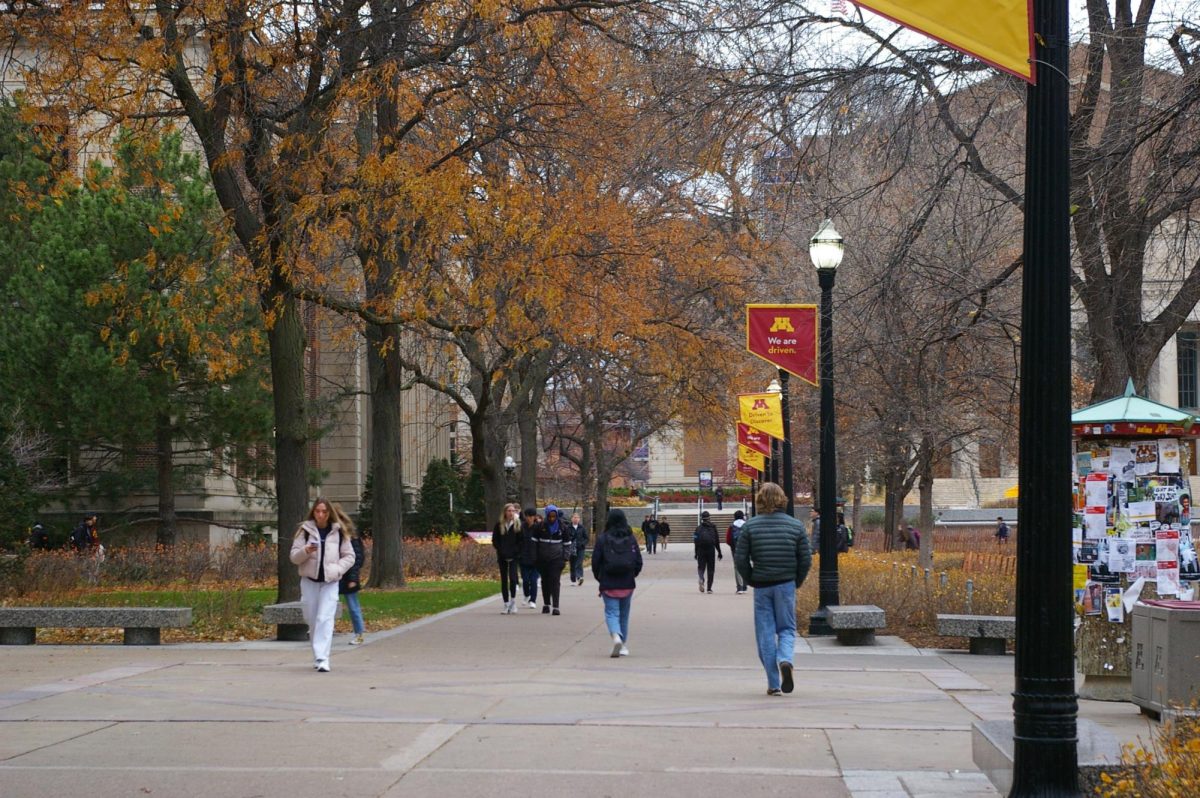Alongside the Minnesota Department of Transportation (MnDOT), local organizations Our Streets and ReConnect Rondo aim to create new alternatives to Interstate 94 that benefit the residents of Minneapolis and St. Paul.
MnDOT’s Rethinking I-94 project aims to re-envision the current 7.5-mile stretch of freeway between Minneapolis and St. Paul. Two of the project’s alternatives received backlash from St. Paul and Hennepin county leaders last summer.
Rethinking I-94 Spokesperson Ricardo Lopez said last July MnDOT published eight alternative projects to replace the current I-94. Alternatives include a boulevard, expanding the freeway, reducing the freeway or removing the freeway completely.
Lopez said Rethinking I-94 created an evaluation criterion to determine the possible impacts and harm based on environment, social, economic, mobility, walkability and safety. MnDOT also considered the historical impacts of I-94 and aims to not repeat them, according to Lopez.
Executive Director of Our Streets Jose Antonio Zayas Cabán said over the past year, Our Streets partnered with Toole Design and Visible City to put together a 100-page report to present to the Minneapolis City Council. Cabán added that MNDot accepted Our Streets’ list of recommendations for the future of the highway and the possibility of it becoming a boulevard.
Our Streets reimagined I-94 into a boulevard based on how the interstate has caused environmental, economic and health harm to surrounding communities such as Cedar-Riverside, St. Anthony Park, Rondo and Frogtown.
“One of the main questions that came up during that time was, well, if not the highway, what could take its place?” Cában said. “It’s very difficult to get people to visualize and imagine what can replace the highway. The Twin Cities Boulevard project emerged as a response to that organizing to expand community imagination about what’s possible.”
ReConnect Rondo spokesperson Tim Hunt said Reconnect Rondo’s Land Bridge project is more than having mobility for residents, it is also about creating economic and cultural opportunities that once thrived in Rondo.
“It was an economic engine, it was a culture and arts place,” Hunt said. “It was a place that had housing. It was all these things. It was a thriving, vibrant, middle class before it was devastated by the highway. Our intention is to really bring all that back through this process.”
ReConnect Rondo imagines a land bridge in Rondo as a part of re-envisioning I-94. The land bridge could look similar to the Lowry Hill tunnel on I-94 in Minneapolis but with buildings on top and no additional streets.
The initial construction of I-94 and I-35 W isolated the Cedar-Riverside community. According to Our Streets, Cedar-Riverside’s population shrank from 5,019 in 1950 to 2,783 in 1960. The community’s schools, parks, green space, businesses and more suffered losses due to the highway.
“We’re trying to make the argument that this project can help reconnect not just one neighborhood, it can help reconnect tons of neighborhoods,” Cában said.
Hunt said ReConnect Rondo puts the community first as planners and developers in these projects because of a lack of prioritization by leaders in the past for this and other communities in the Twin Cities.
“There were no barriers put in place for Rondo before the highway came through,” Hunt said. “They need to own their story, and they need to own their future. That’s a huge part of what this project means to the community, and quite frankly what it means to me to get that power back to the community.”
Of St. Paul’s African American community, 80% lived in Rondo. When I-94 came through the neighborhood in 1956-1968, around 700 homes and 300 businesses were destroyed, according to ReConnect Rondo.
Cában said Our Streets’ visualization of highway removal is compatible with Reconnect Rondo’s potential land bridge project. Cában added that removing the highway would decrease carbon emissions that are leading to higher temperatures, increased health issues and economic depression in the area.
Throughout the past year, Hunt said ReConnect Rondo has finalized their Restorative Development Framework, which addresses what the community needs to be successful, and multiple studies to measure the feasibility of a land bridge in the future.
Besides working inside the Rondo community, Hunt said ReConnect Rondo meets with communities in the state and across the country to learn about other possibilities and ideas to uplift overlooked communities.
Lopez said Rethinking I-94’s different alternatives does not limit the possibilities outside organizations like Reconnect Rondo’s land bridge or Our Streets’ Twin Cities boulevard.
According to Lopez, Rethinking I-94 is still in the preliminary stages of development and deciding what the exact future of the freeway will look like.
Currently, MnDOT is working with the National Environmental Protection Act to evaluate the alternative plans and use their guidance alongside the various communities to come to a final decision, which could take years.
Cában said it is necessary to talk about the quality of life enjoyed by white Minnesotans when talking about equity during conversations about highway removal. Cában added many white Minnesotans never had to live under or next to a highway and did not experience the harm it has caused.
“If we consider that quality of life as the minimum benchmark for how people whose lives were impacted by the highway, then the choice is clear: highway removal is the bare minimum,” Cában said.















Dave
Jul 3, 2024 at 1:48 pm
Let’s get this out of the way yes I am white (so what) as a kid I lived next to the old county rd 18 when they decided to morph it into Hwy 169 and it did not cause me any harm, since then I’ve lived next to several highways on the frontage rd (highway wall also) and I currently bought a house on a frontage road here in Saint Paul along 1-94 and it hasn’t created any harm either, I like the freeway so I don’t believe what Mr. Caban is saying. If we take out that stretch of I-94 between St. Paul and Mpls would be crazy, we have enough traffic problems as is and according to street/traffic engineers the Twin is 10-20 years behind on interstate expansion as to what we need